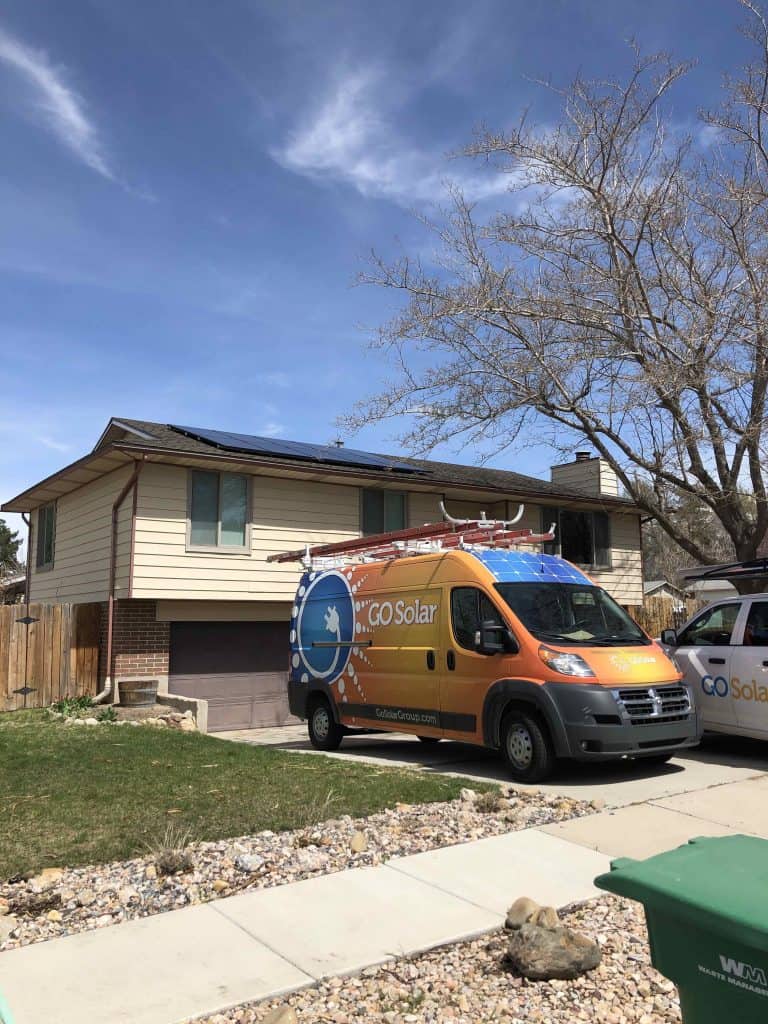Reaching Carbon Neutrality with Nevada Residential Solar

Those who achieve carbon neutrality either reduce their carbon footprint or offset it with other environmental efforts. Both large corporations and individuals can decrease their carbon footprints.
Reaching Carbon Neutrality in Nevada
Most don’t think about their electricity sources. However, depending on where someone lives, the utility could use different percentages of fossil fuels to power homes and businesses.
Nevada’s EPA eGRID subregion, NWPP, a six-state area of western states, uses less fossil fuel than the national average. However, 21.3 percent of electricity generation still comes from coal. Fossil fuels, as a whole, comprise more than 40 percent of the electricity generation in the NWPP.
While organizations and the government can have the most immediate impact, Nevadans must commit to carbon neutrality to make it a reality. Every person plays a part in the stewardship of the earth. Determining the carbon footprint of each Nevadan helps the area’s citizens realize their potential impact.
EPA’s Carbon Footprint Calculator
Understanding our carbon footprints may be shocking and even downright guilt-inducing, but it also helps us correct course. Carbon footprint calculators help determine the negative impact of our actions, inspiring us to change and showing us how to do it. The EPA’s carbon footprint calculator shows households and individuals how much pollution their daily activities generate and what they can to fix it. This calculator covers three ways three mediums of pollution: Home energy, transportation and waste.
Home Energy
The home energy section of this calculator tells people how much pollution stems from natural gas, electricity, fuel, oil and propane. It also lists steps for reducing use these energy sources and determines the positive impact of those actions.
Transportation
The transportation section of this calculator determines how much pollution a household’s cars generate. To counter this, it suggests reducing miles driven or upgrading to fuel-efficient vehicles.
Waste
The calculator’s waste section estimates the average amount of pollution associated with the waste of a household. It then subtracts recycled products from this amount.
Carbon Offsetting With Residential Solar
Carbon offsetting occurs in a variety of ways. However, some options are better than others.
Residential solar helps homeowners significantly reduce their home energy pollution. If a solar-powered homeowner switches to a plug-in hybrid or electric car (EV), it can also reduce transportation emissions.
How Solar Offsets Pollution
Unlike fossil fuels, solar panels don’t release toxic gases into the atmosphere during their 40-50-plus year lifespan. When solar panels are manufactured, the process does release toxic byproducts, but the volume and impact of these emissions pale in comparison to the environmental benefit of the panels once they’re sold, installed, and used by homeowners. The emissions from solar panel manufacturing also pale in comparison to the daily burning of coal and other fossil fuels.
Nevadans with residential solar use net metering to reach their energy needs when their panels don’t produce enough power. Net metering allows the excess power produced during the day to cover the electricity pulled from the grid at night. They can reduce their carbon footprint even further by adding one of our three levels of battery backup.
How Residential Solar Saves Money
When people purchase renewable energy from their utility, electricity costs increase. According to the EPA, renewable energy from utility providers costs two cents extra per kWh. In contrast, Nevadans who switch to residential solar end up saving thousands on electricity over the life of their solar arrays.



Send a Message
Oops! We could not locate your form.